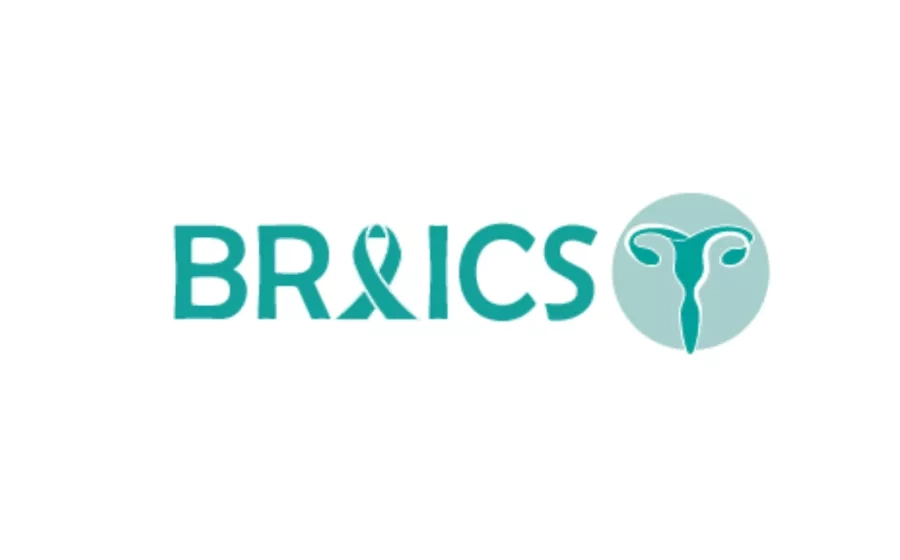Improving cervical cancer screening coverage in Switzerland through HPV self-sampling : a randomized-controlled study
Acronyme : BRAICS (Breast cancer-Related Approach for Increasing cervical Cancer Screening)
Cervical cancer (CC) presents a global public health concern, predominantly linked to Human Papillomavirus (HPV) infection. In Switzerland, the incidence rate for CC among women, standing at 5.06/100,000 individuals (2022), exceeds the World Health Organization's set target for CC elimination (<4/100,000). The Swiss Society of Gynecology and Obstetrics has issued guidelines suggesting screening every three years for individuals aged 21 to 70. Despite this, within the specified age group, 30% are either inadequately screened or not screened at all. Reasons for non-participation in CC screening (CCS) support that socio-demographic characteristics influence women's CCS, notably women's age, with those aged over 50 years old being at highest risk of underscreening.
Rationale: Despite the availability of effective screening strategies for preventing CC, Switzerland has not yet implemented an organized national or regional screening program. The opportunistic screening approach established in the 1960s, though initially successful in significantly reducing incidence rates, has experienced a stagnation in CC case reduction since the 2000s.In this context, it is crucial to evaluate approaches to enhance participation in CCS among under-screened women in Switzerland.
Aim: Our overall aim is to evaluate the feasibility of recruitment for HPV self-sampling integrated in organized breast cancer screening (BCS) as a strategy to enhance CCS uptake among under-screened women aged 50 to 74 years within Switzerland. To achieve this goal, the primary objective of the BRAICS study is to assess CCS coverage, among women invited through organized BCS programs. It also seeks to examine the relationship between socio-demographic factors and screening participation across all study arms, and to analyze follow-up rates for those with positive screenings. Furthermore, the study will assess the acceptability and the cost-effectiveness of this screening approach. Materials and methods: A four-year randomized controlled trial (RCT) will be conducted across four Swiss cantons, in collaboration with regional breast cancer screening foundations or associations.
This study targets women aged 50 to 74 years who are under-screened for CC, sending them an additional CCS study invitation alongside their BCS invitations. Those not screened for CC in the past three years will be randomly assigned to one of two intervention groups: 1) CCS sensitization, 2) home-based HPV self-sampling offered at no cost. A control group will receive only the standard BCS invitations to avoid influencing CCS behaviours. Follow-up assessments at one year will determine the latest CCS status for women in the intervention groups who did not return a self-sample and those in the control group. Screening strategy acceptability will be evaluated through structured questionnaires for all participants, and the cost-effectiveness of all strategies will be estimated.
Expected results and impact on the field: This RCT, by targeting the specific needs of under-screened women in Switzerland, is anticipated to offer valuable insights into the effectiveness of home-based HPV self-sampling using existing organized BCS programs. The development of targeted and effective CCS initiatives will ultimately work towards reducing inadequate screening rates and screening inequalities in Switzerland. This will not only be expected to enhance women's health significantly but also to influence health policies, by advocating for an evolutionary and economically.




